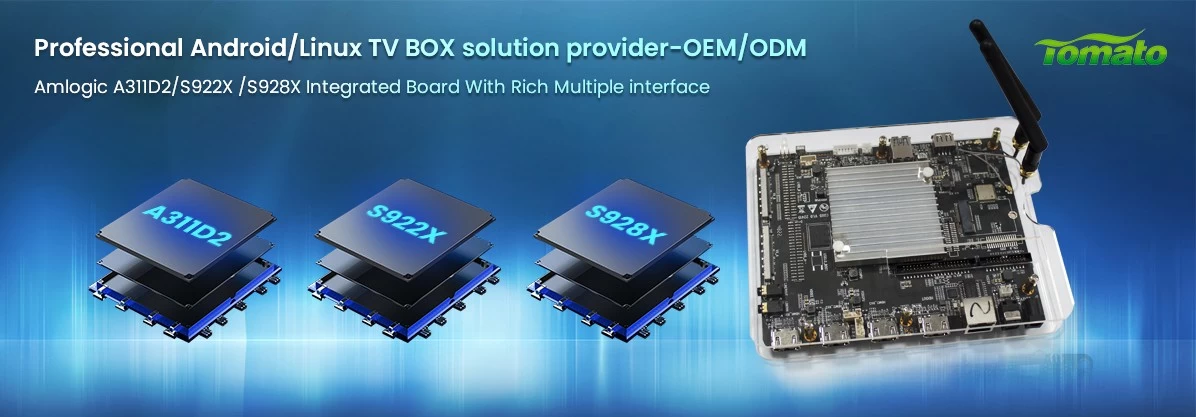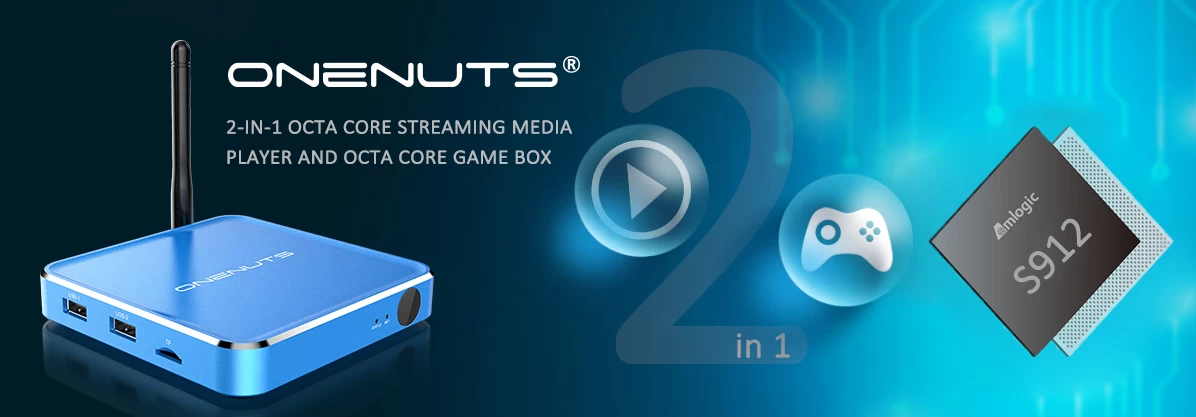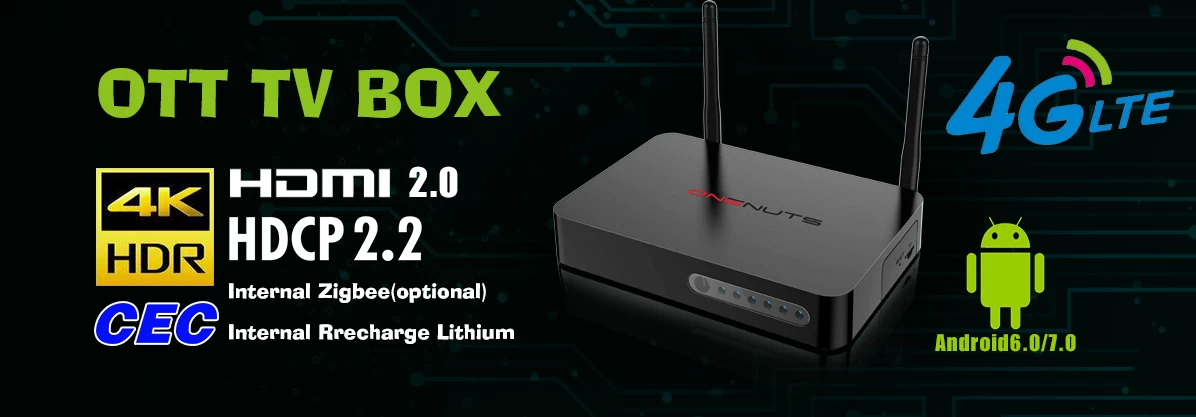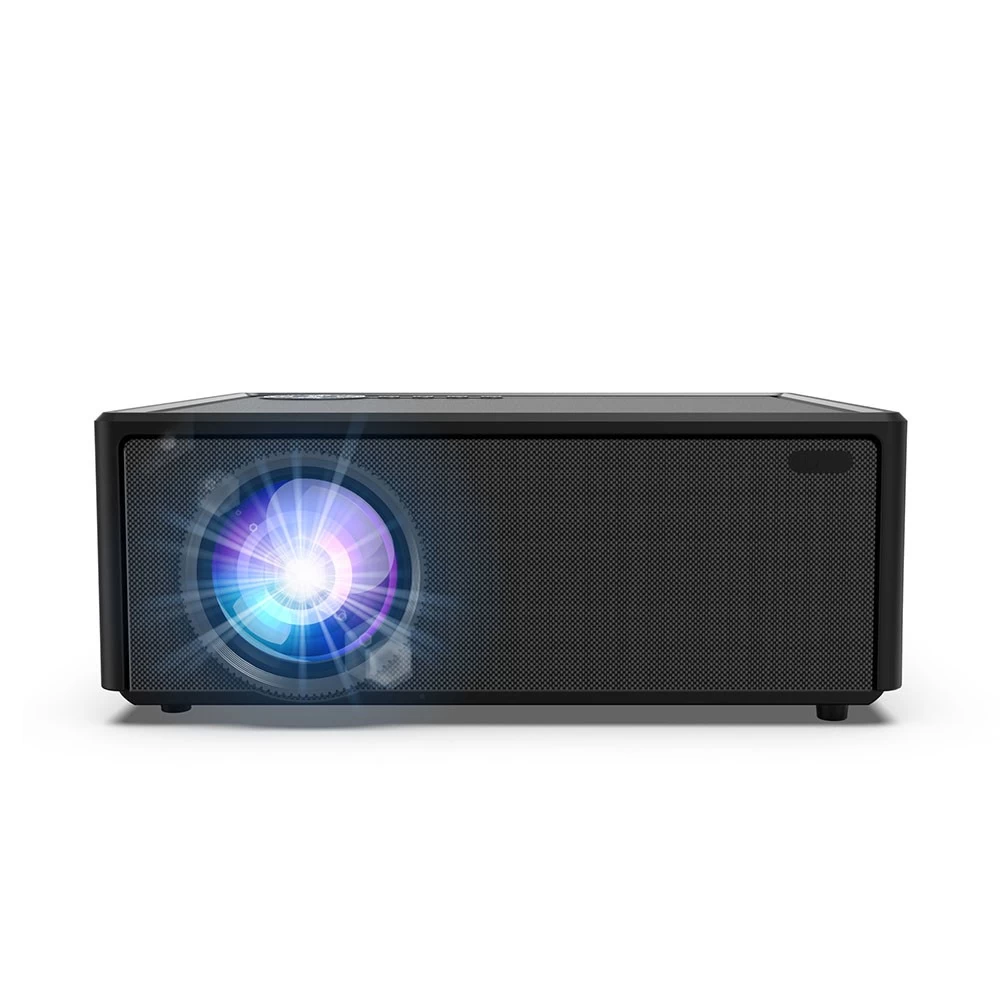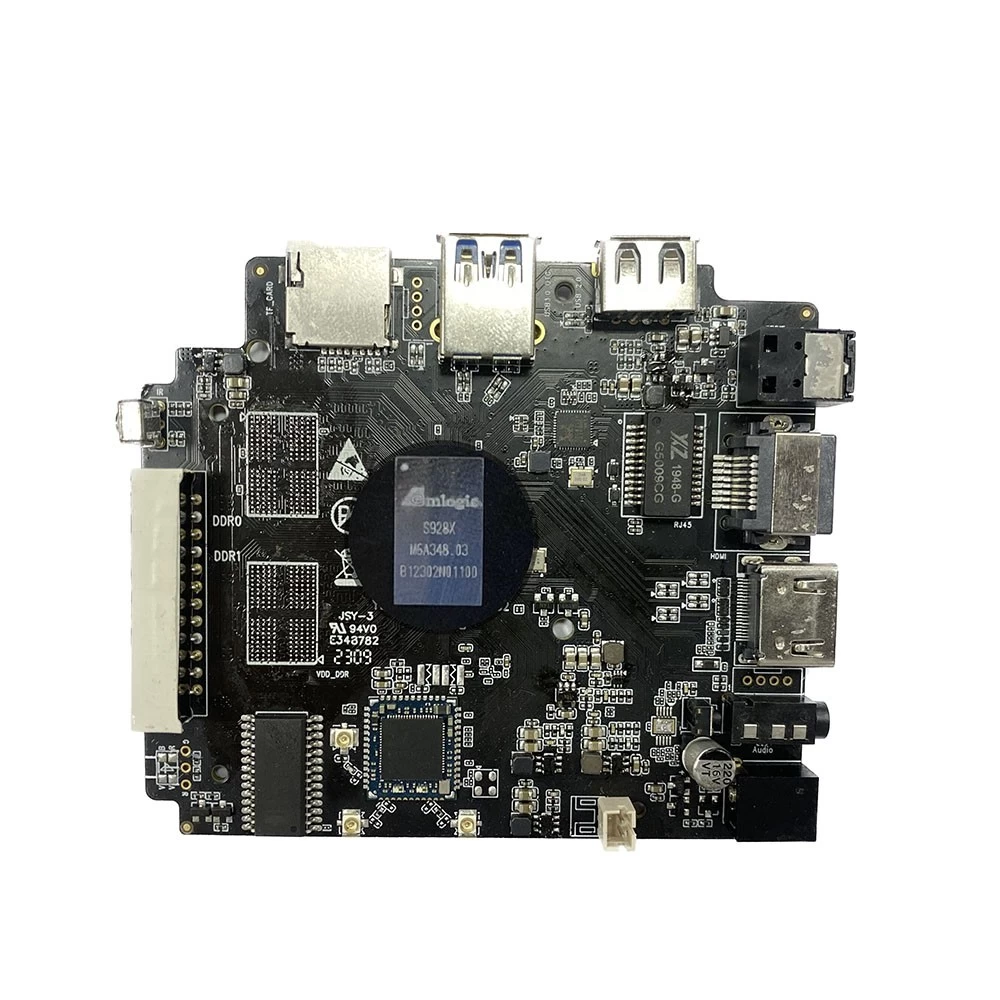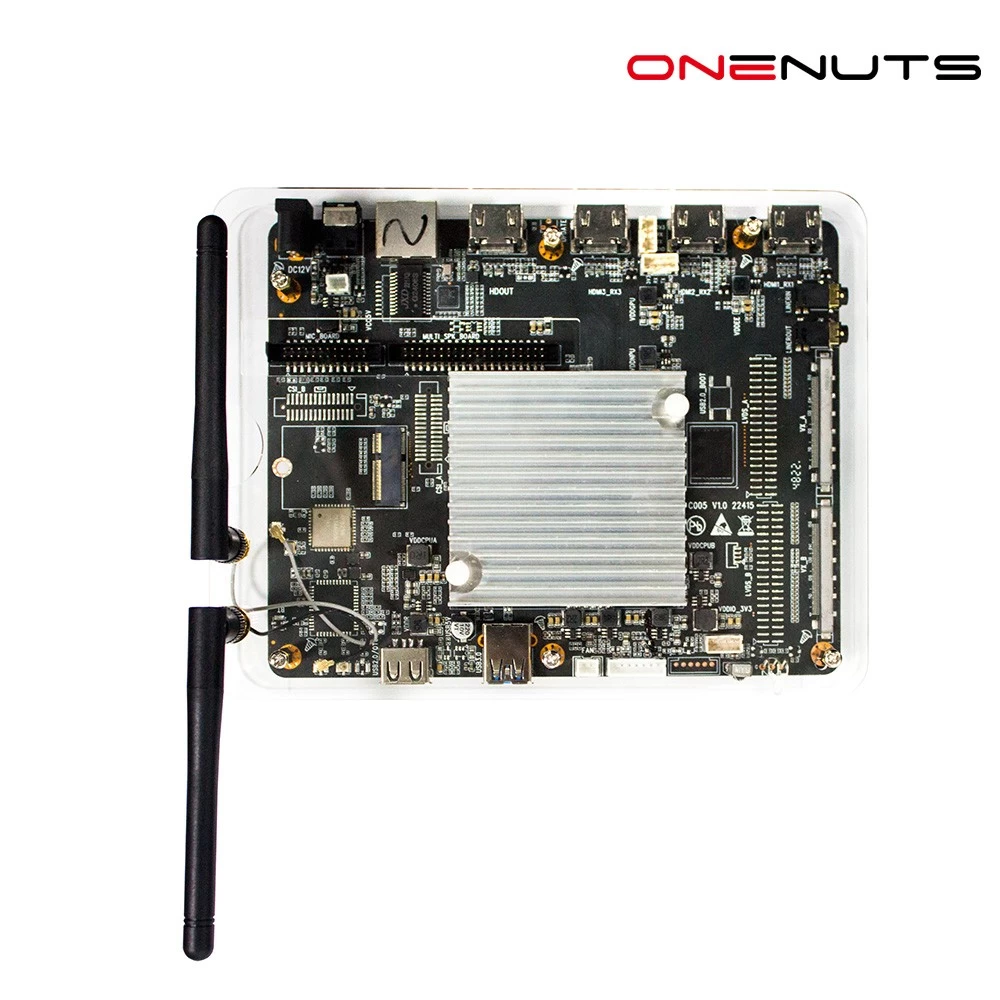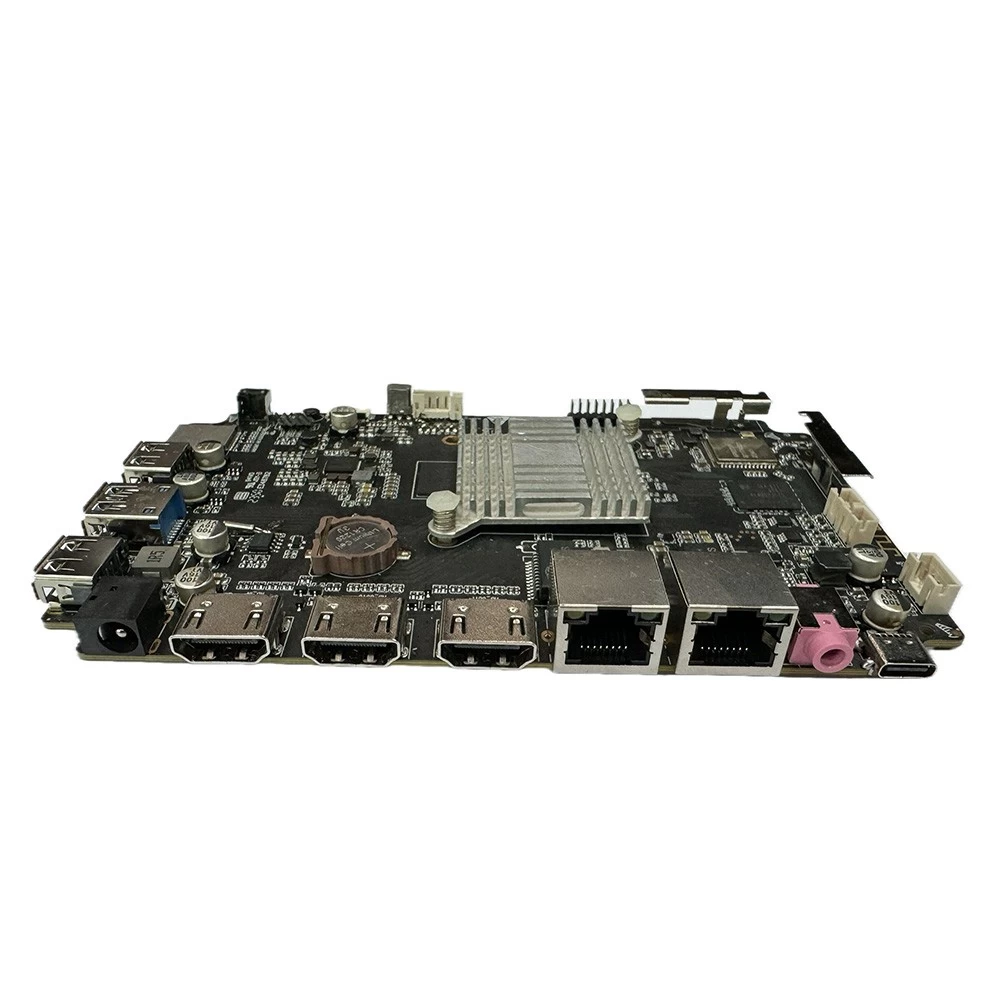Benefits of Streaming Media Player
Streaming Media Player
There are many different types of streaming media players on the market. Among the best are Roku, NVIDIA, MYPIN, and Onenuts Nut 1. We compared the top 1 seller on Amazon based on honest feedback from 386 customers with an average rating of 4.7. This article has been written by Mike Davis, a professionally trained electrician with six years of experience in the electronics industry. Mike enjoys trying out the latest gadgets and has a strong background in computers and electronics.
Streaming media players are standalone gadgets
Streaming media players are standalone gadgets that you can use to watch television, movies, and other content. The devices are generally preloaded with popular streaming applications and are fully configured when you turn them on. Some Blu-ray players and new video game consoles also act as streaming media players. Here are some benefits of using these devices. They are convenient and offer a variety of options. A media streamer can be a great addition to a modern home entertainment system.
Streaming media players are compatible with various audio and video accessories, including soundbars. Moreover, some stand-alone digital media streamers integrate the functionality of different set-top boxes to eliminate box fatigue and clutter. Streaming media players are typically portable and lightweight, and many models connect to a home network via wireless or Ethernet cable. However, some models require an Ethernet connection to connect to the Internet.
The streaming devices allow you to browse additional channels as well. Some of these channels require a subscription, while others are free. In addition, they provide a blend of live and on-demand streaming services. Not just video, they also offer streaming music and online photos. The streaming experience is endless. If you have a subscription to a specific service, streaming media players are a great option. Streaming media players can even connect to a modem or router.
They connect to network
Having trouble connecting your Streaming Media Player to your network? There are a few common causes. Firstly, make sure that you've enabled Wi-Fi on your network router. If you can't connect to the network, make sure that your streaming device is close to the network router. If the problem persists, try unplugging your network cables or resetting your network router. If all else fails, try checking for overheating or foreign objects on the device.
If your Streaming Media Player doesn't have built-in WiFi, you can always buy an external adapter that will make it wirelessly accessible. Many companies also make USB WiFi adapters for streaming media devices. One such adapter is made by Netgear and works with many media players. The best way to choose the best one for your needs is to read the manual for the product. If the manufacturer does not provide it, you can try contacting the manufacturer directly.
They download files
How does Streaming Media Player download files? While streaming media works by delivering files to your computer or device through a traditional web server such as HTTP, FTP, or the like, streaming media is delivered through a separate streaming server that requires a different protocol. When you watch streaming media, you're actually redirected to a separate server that serves the content in real-time. This means that different versions of the same file are delivered to different users and are optimized for different speeds. Downloading files, however, is extremely easy. You can email the file to yourself, post it on another website, or repackage it to play later. While downloading isn't illegal, it can result in major copyright issues.
They store them in a buffer
The buffer issue occurs when your network connection is too slow to stream videos smoothly. This is because Internet packets travel over many different paths, and delays can occur at any juncture. If the buffer is not large enough, your video will stall and rates will fluctuate. If this problem persists, you should try to fix it as soon as possible. If you're running out of time, here are a few steps to fix this problem:
First, delete your browser's cache. Caches can affect streaming performance. They are temporary files that are stored locally so that they can be accessed quickly. If you're running a large browser, your cache may take up a large portion of memory and cause the video to freeze. To fix the problem, delete all of your temporary data and re-install your browser. If the problem persists, you may need to install another player, such as a media streaming application.
They can be a headache to set up
If you are new to streaming media, you may find it a challenge to set up your device. Streaming media is great, but it can also cause a headache if you don't know how to get it set up correctly. There are a few ways to ensure proper setup:

